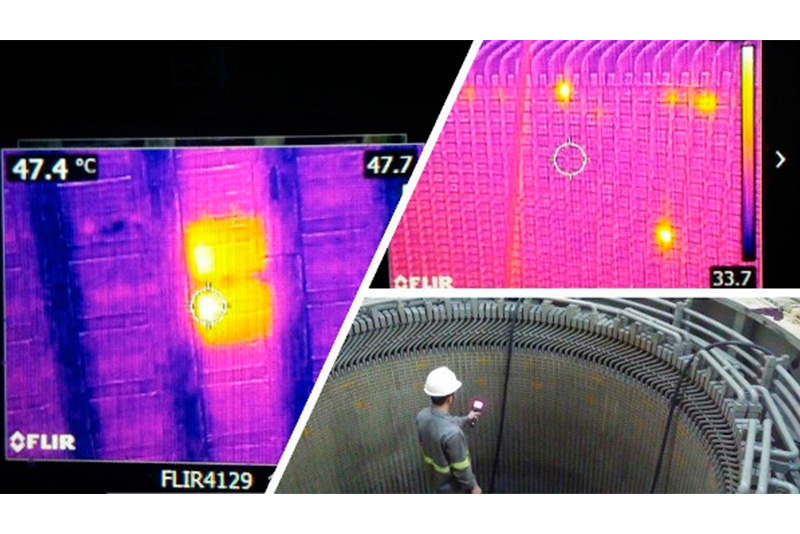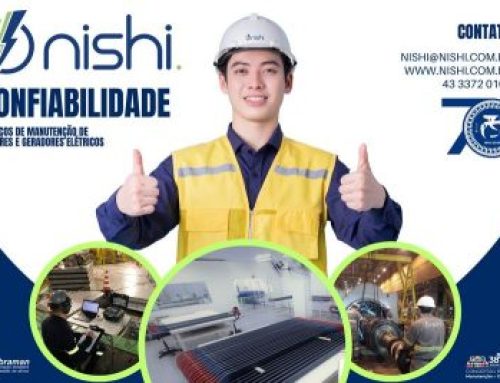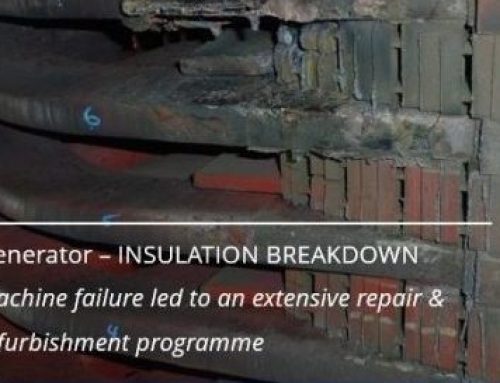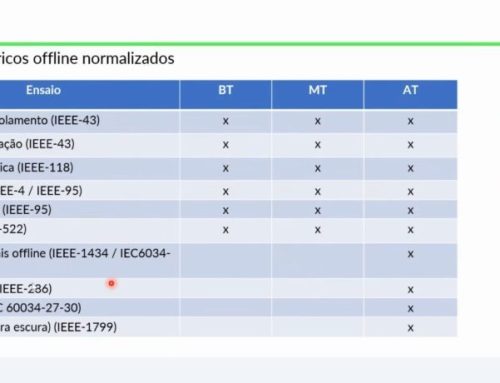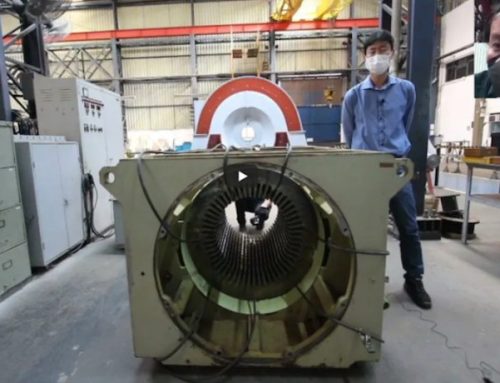In most rotors and stators, the core is formed by “stacking” steel plates (siliceous or not), insulated from each other and pressed uniformly, forming a solid whole.
In machines that work at high temperatures (close to the temperature limit of the insulating material), the insulation between the plates deteriorates over time, causing the appearance of eddy currents or “eddy currents”, which circulate between the plates of the core that are shorted. The temperature at this location can often be 30 to 40ºC higher than the average core temperature.
The test commonly used to detect possible “hot spots” is the “Loop Test”. We wind coils around the magnetic core where the number of turns is calculated to achieve a flux similar to the nominal flux. We leave the core fed until its temperature stabilizes, and by thermovision we evaluate the temperature differences.
If one or more points are identified where the temperature variation is above average (10ºC or more), these points must be investigated and/or repaired. The repair is done by completely disassembling the core, stripping the insulation material, applying the new insulation, and assembling it.
Learn more about the services provided by Nishi and contact one of our experts for information about maintenance and standards applied to electrical tests of rotating machines.




